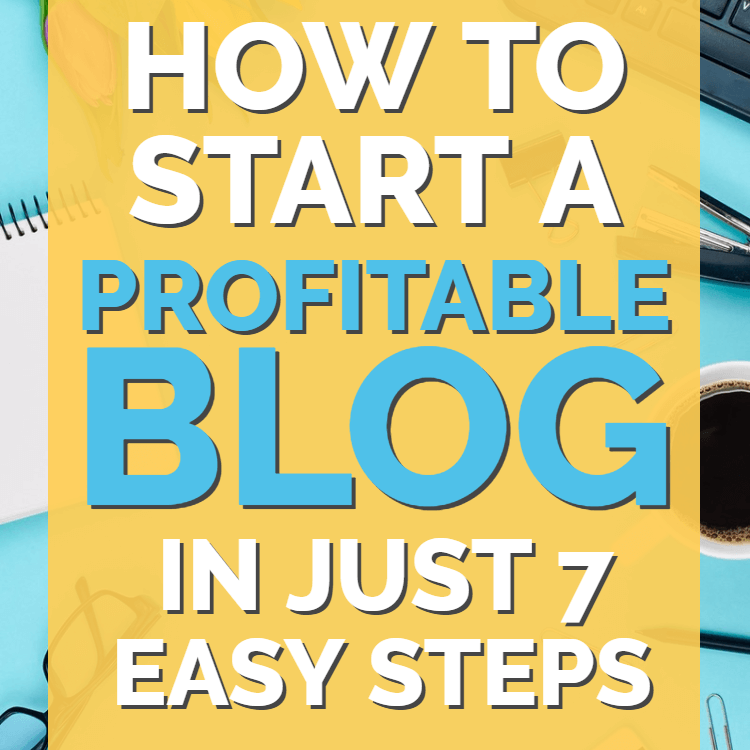Contents
I woke up recently to discover that a monthly subscription I pay for had charged me an astonishing 14 times overnight.
Worse, they were still charging me as I discovered the issue at 6am.
These charges continued throughout the next 24 hours until they finally resolved the issue.
Without the right protection they would have literally emptied my account in $10 increments.
While the cause of this drama was a technological glitch, it was far easier to resolve than it otherwise might have been because I had ring-fenced my money as an anti-fraud measure.
In this article, therefore, I’m going to discuss the levels of protection I currently have in place.
While I can’t guarantee this will protect you from fraud or technical issues, it will offer you extra protection in such cases.
If you’re keen to protect your money from interference then here are the steps I’d encourage you to consider implementing yourself…
Rock Solid, Unique Passwords
The more complex the passwords for your financial accounts are the better.
- This means nothing too obvious; don’t use general “dictionary” words or names.
- Include uppercase and lowercase.
- Use numbers.
- Perhaps even utilize other characters like $, % or &.
If you need any inspiration then there are a number of password generators out there that are designed to create rocksolid hard-to-guess passwords. One of my personal favorites is this one from LastPass.
As a side note, password tools like LastPass can also be very handy for securely storing your passwords for the future.
In this way you won’t have to write them down anywhere; another significant risk.
App Alerts
One of the reasons why I spotted the multiple transactions that had been processed overnight was due to app notifications.
The bank account I use for online payments send an alert every time money goes in or out of my account.
The first thing I saw when my alarm went off were the 14 transactions right there on my home screen, alerting me to an issue.
Ask yourself how often you check your bank account, and how long it would have taken for you to notice these multiple transactions if it weren’t for real-time notifications?
So find a bank account that offers these alerts, and ensure they’re turned on.
It’s the fastest way I know of seeing where your money is going at a moment’s notice.
Prepaid Credit & Debit Cards
I use a prepaid debit card for all my online spending.
I deposit small sums of money into as required, and it’s not linked to any of my other accounts.
While I stopped the issue with my account swiftly, there is a chance they could have emptied my account entirely in the meantime.
Imagine how much trouble it would cause if your personal bank account got emptied overnight while you were asleep.
So get a prepaid credit or debit card to use online.
This ring-fences that money, ensuring that even if the worst happened your main bank account would still be protected.
As a side note I use both a Revolut card and a Transferwise one, depending on the situation. Bother offer app alerts for expenses, but I personally find the Revolut app to be more user-friendly.
Cards on Ice
Some modern bank accounts allow you to “freeze” your debit or credit card from their app or website.
It’s a lot quicker and easier than having to ring up to speak to their fraud department to achieve the same goal.
Indeed, the moment I woke up to find those 14 duplicate transactions I was able to “freeze” my card.
I was glad I did; I watched one transaction after another getting declined over the next 24 hours, as their system continued to try rebilling me.
I estimate that without this feature I would have lost several hundred dollars before either their system got fixed or my account ran dry.
So find an online account that allows this feature, add the app to your phone and be prepared at a moment’s notice to put your card on ice until any issues are resolved.
Two Factor Authentication
Strong passwords are a great first step to keeping your money safe, but the effect is much greater when you add two-factor authentication.
Essentially whenever anyone tries to log into your account you’ll receive a text message or an email with a unique code in it. Simply enter this code to gain full access.
Two factor authentication make it much harder for anyone to access your account. Just as importantly, however, you’ll get a heads-up if anyone else is trying to access your account.
If you suddenly receive a random text in the future when you’re not online then you can lock it down while the matter is investigated.
Phone Tracking/Wiping
Two factor authentication is great – so long as you don’t also lose your phone.
As a final level of protection, therefore, it can be wise to set up a system to track and wipe your phone of data at will.
These services are offered both on Apple and Android phones, but the number of people who aren’t registered astonishes me.
So set it up in advance. Hopefully you’ll never need to use it, but if your phone ever gets lost of stolen you’ll be glad you’re all set to wipe it of accounts and passwords at a moment’s notice.
What steps have you taken to avoid fraud with your financial accounts? Please leave your thoughts or experiences below…










Add comment